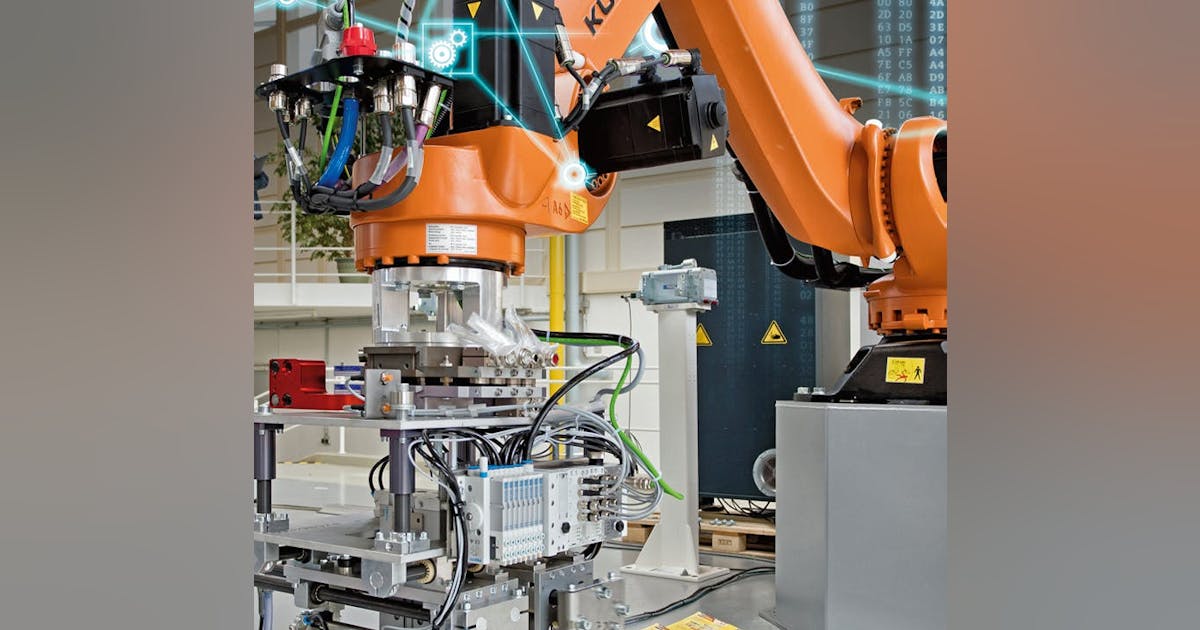Additive Manufactured Grippers Transform Robotics
Aug 8, 2024

By shedding unnecessary weight from robot grippers, Siemens is helping robots operate more efficiently. Not only does this drive immediate energy savings, but it also fosters a culture of innovation, allowing grippers to embrace the latest design advancements for enhanced performance and functionality.
At the heart of this revolution are advanced design tools and additive manufacturing technologies. Using fully associative topology optimization, facilitated by software such as Siemens NX Additive Manufacturing, this approach accelerates the design phase and empowers workers with the agility to make real-time modifications, ensuring optimal performance in dynamic industrial environments.
Topology optimization enables designers to identify the most efficient material distribution within gripper structures, thereby minimizing weight without compromising strength or functionality. By leveraging generative design engineering, the production of grippers can be streamlined to comprise fewer parts while being printed in non-metal materials, resulting in significant cost and time savings.
If we think about a single robot cell in an automotive factory using reduced weight grippers, this can lead to further efficiencies. For example, as a factory is retooled for the next job, it is possible to move the larger, less energy efficient robots to areas where their brawn is necessary and replacing them with smaller robots. If we then multiply that savings by each robot in the factory and in each factory across the world, a single company, depending on their size, could achieve substantial savings in energy usage and CO2 emissions.
Original Article: https://www.automationworld.com/factory/robotics/article/55094104/additive-manufactured-grippers-transform-robotics
Stay In Touch.
Subscribe to our newsletter and exclusive Leadership content.
We respect your privacy and won’t spam your inbox
